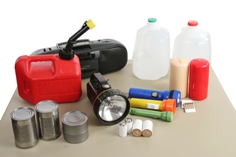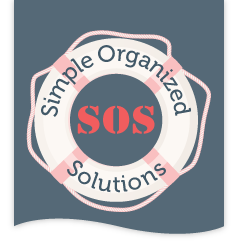 Spring is finally here, woo hoo! Living in the Midwest can be harsh during the winter months, with the biting cold weather, snow and ice that seemed to go on forever. But I think we’ve seen the last of it for awhile, at least I hope so. I say this because the flowers are blooming, leaves are popping out on the trees, and the grass is turning from brown to green. In order to get the beautiful spring colors, we need rain, and along with the rain, can come storms, flooding, and possibly tornado’s. I guess we have to take the good with the bad.
Spring is finally here, woo hoo! Living in the Midwest can be harsh during the winter months, with the biting cold weather, snow and ice that seemed to go on forever. But I think we’ve seen the last of it for awhile, at least I hope so. I say this because the flowers are blooming, leaves are popping out on the trees, and the grass is turning from brown to green. In order to get the beautiful spring colors, we need rain, and along with the rain, can come storms, flooding, and possibly tornado’s. I guess we have to take the good with the bad.
In any case, being prepared to deal with emergencies that could result from the spring weather in the Midwest is a must. Other parts of the country have weather events specific to their geographic areas, such as earthquakes, flooding, hurricanes, and blizzards to name some, and they also need to be prepared for emergencies.
These emergencies can occur at any time, so a preparedness plan needs to account for where you are when it happens. Obviously you cannot plan for every situation you find yourself in when it could happen, but you can make a general plan and keep supplies in different locations to cover the bases.
Consider the places you are most likely to be, such as, at home, your workplace, and your vehicle. If you have your preparedness kit in your home and you are out and cannot get home, you will not be able to access your supplies. So, it makes sense to keep supplies in different locations. All family members need to be a part of this plan with requirements for each member, including pets. There are 2 elements for emergency preparedness, the plan and supplies. The lists below will get you started on your path to being prepared for weather emergencies, but is not all inclusive. For additional information, go to American Red Cross.
The Plan:
•Communications – This should be first and foremost on your plan. All family members need to know that everyone is safe and their location. Cell phones are a great tool for this, since these days it seems that most of us have them, including children.
•Gathering Place – This is next on the plan. Determine a central location for everyone to meet – right outside your house, in case of fire, and 2 nearby locations such as a school, park, religious building or shopping mall, in case the emergency will not allow you to get back home.
•Action Steps – Document the action steps to take when an emergency has been declared. These steps will be different depending on the emergency, so state the emergency situation, then the appropriate action steps to take.
Supplies:
•Water – This is the most important supply, as it is not only used for drinking, but also for cooking and sanitary needs. The guideline is to keep 1 gallon of water per person per day. This isn’t always easy if you are short on storage space. Store what you can, because a small amount is better than none.
•Food – If you are sheltering in place, consume the fresh food first since it won’t last as long. After that supply is exhausted, use canned and boxed foods. To stretch your water supply, use the water from the canned foods to prepare the boxed foods.
•Vital records & medicines – Keep vital records & medicines for each family member, including pets, in a portable carrier handy to grab as you are leaving your home.


